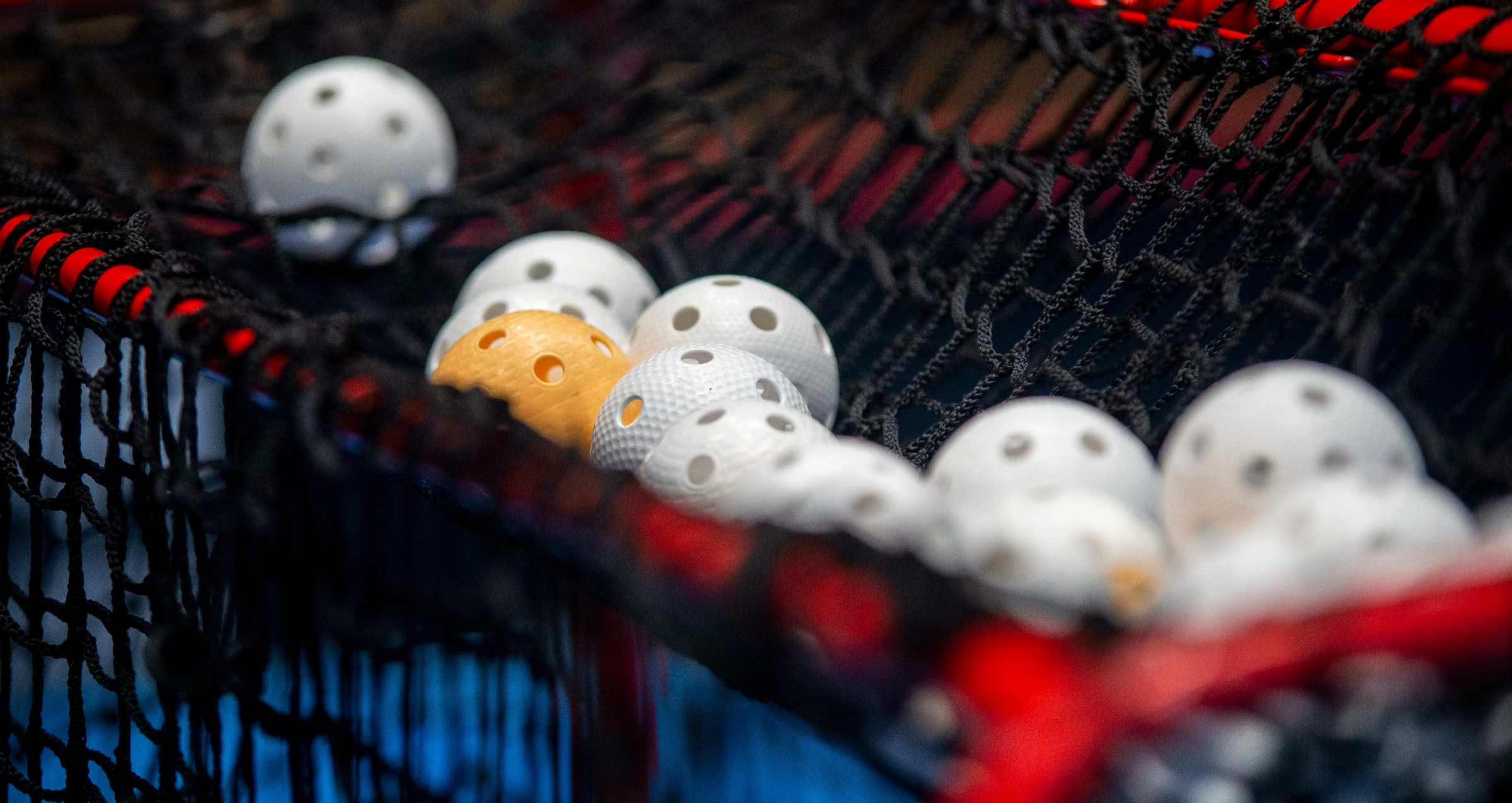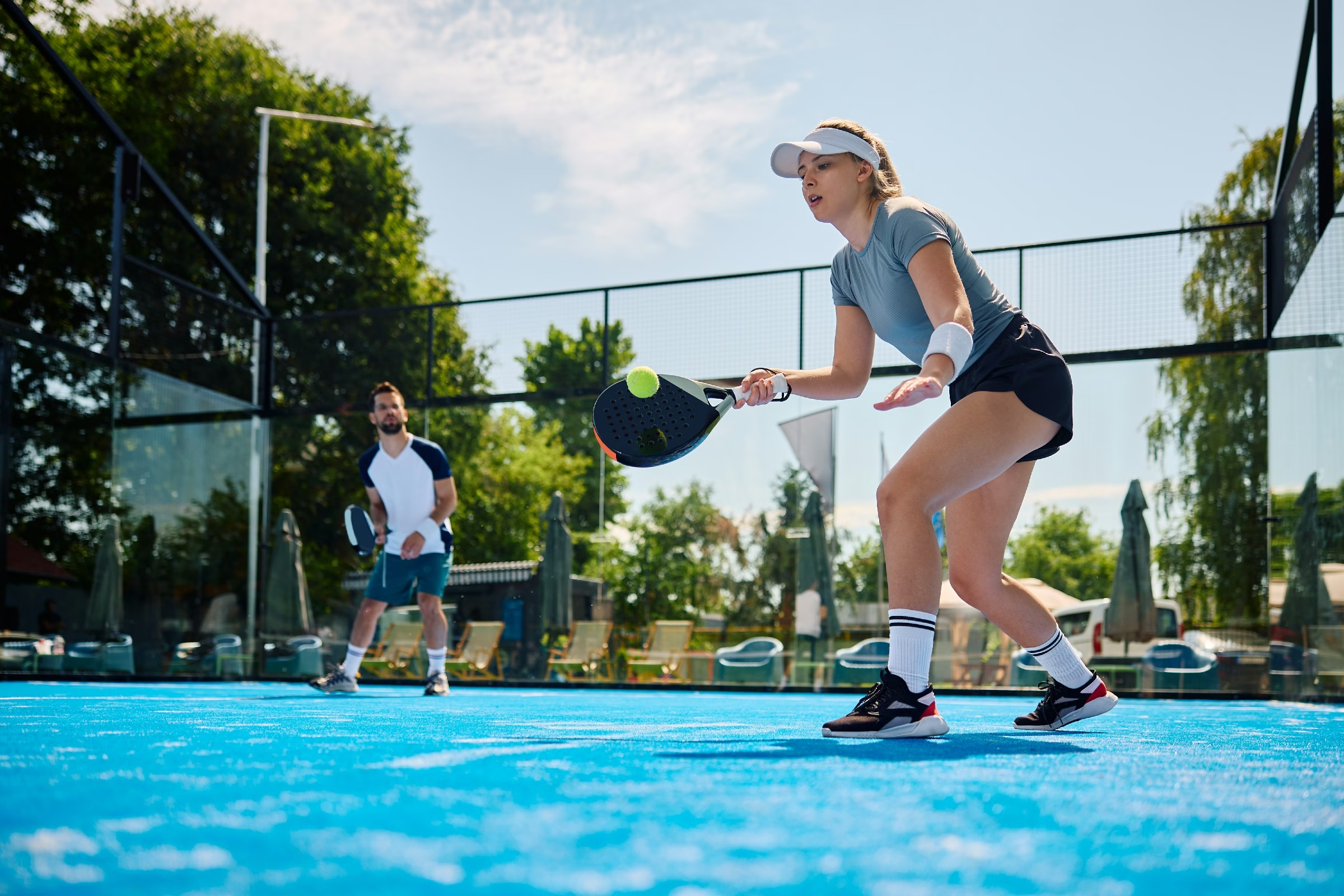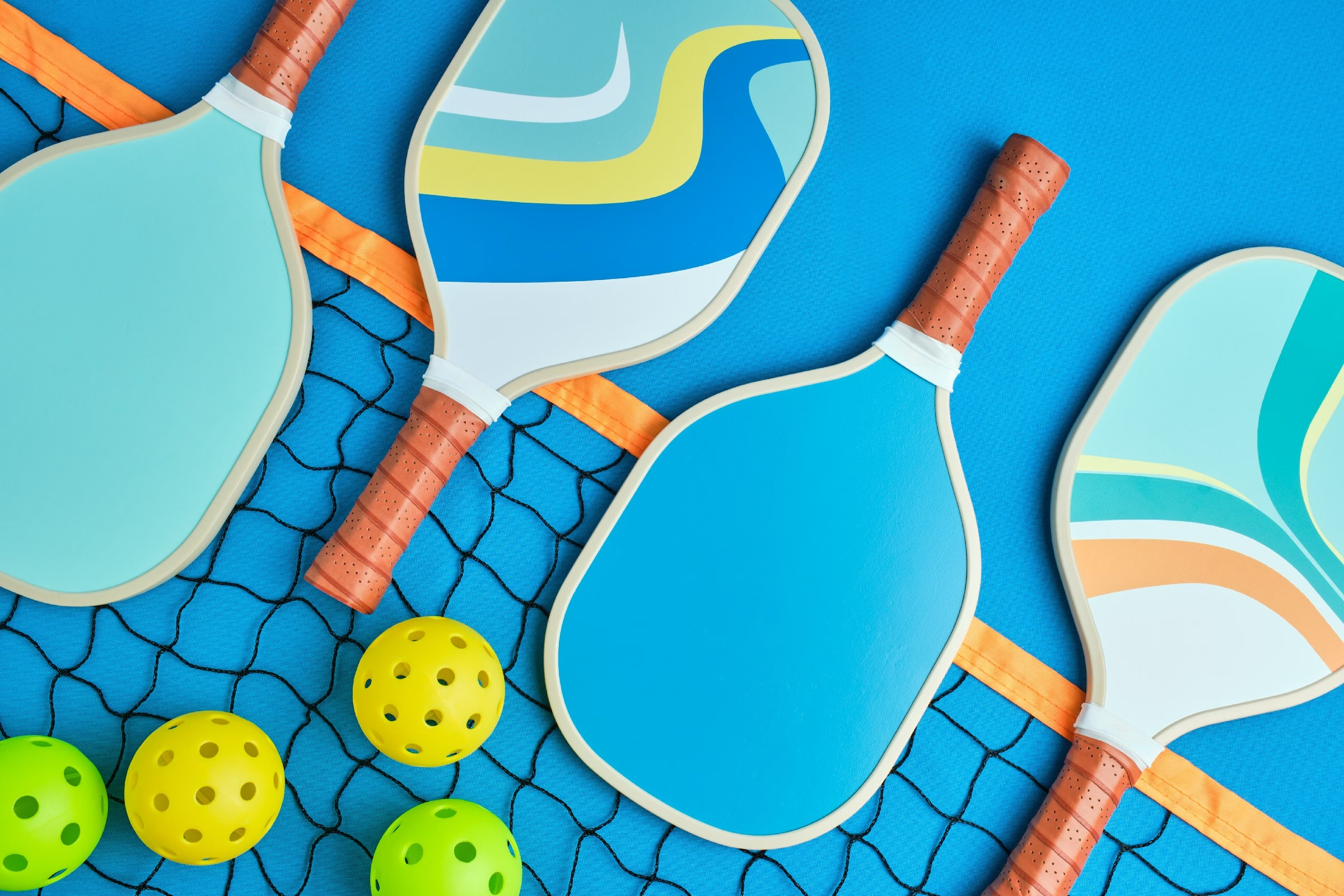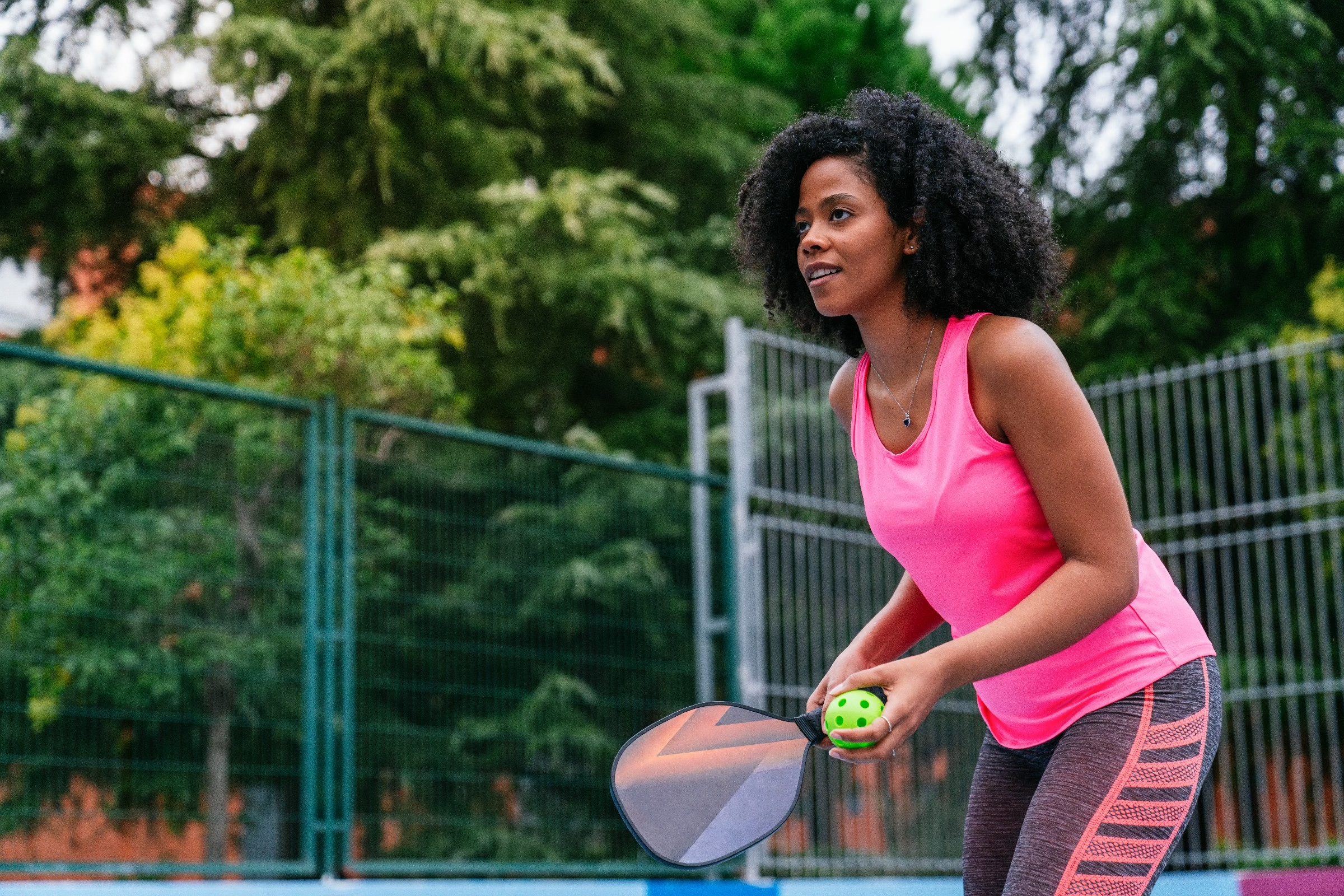Blog
what does match mean in pickleball
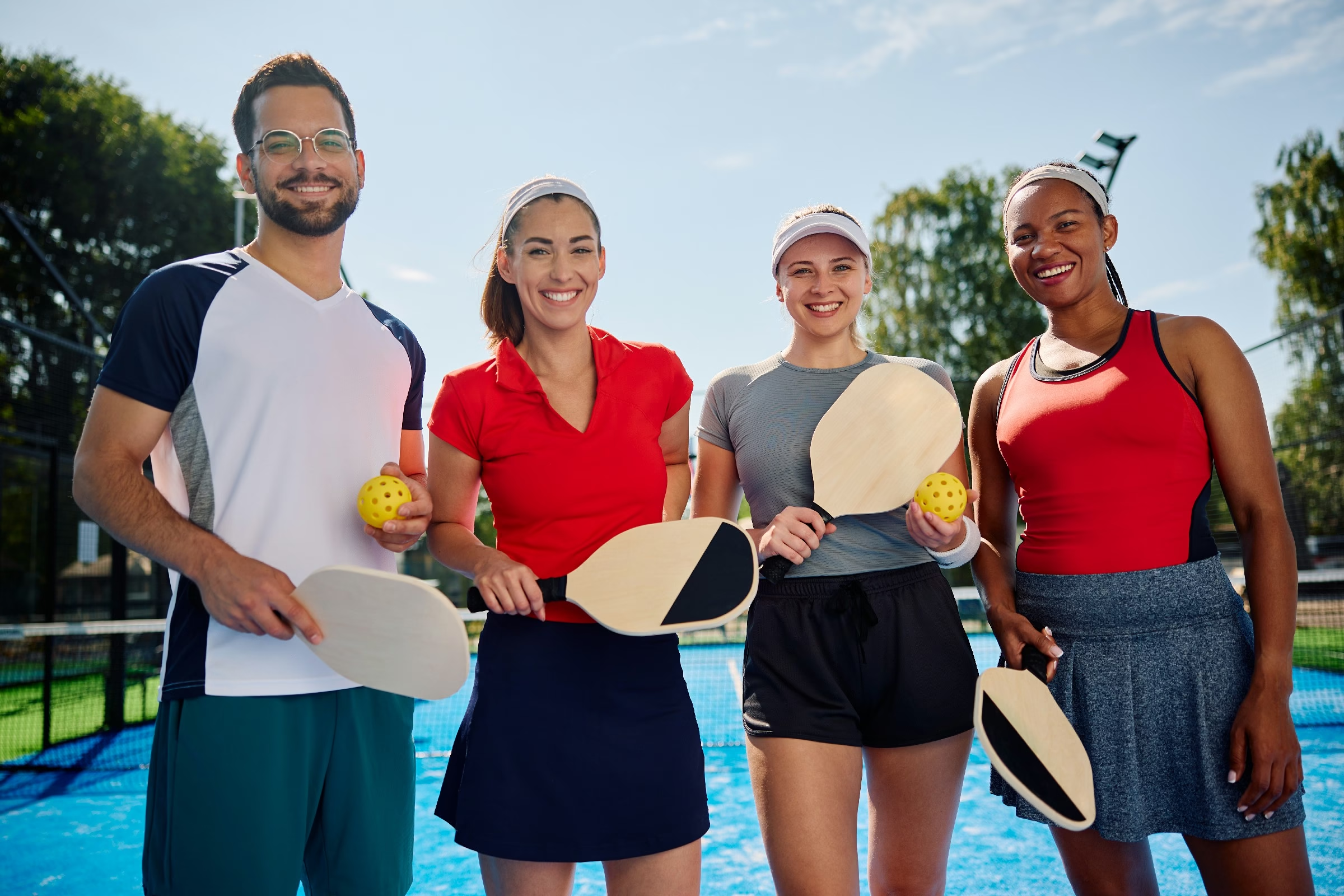
Decoding the Game: What Does ”Match” Mean in Pickleball?
In the vibrant world of pickleball, where paddles dance and brightly colored balls zip across courts, a unique lexicon unfolds—one that is as essential to the game as the players themselves. Among the terms that define this growing sport, “match” holds a significant place, embodying not just the competitive spirit but also the camaraderie that thrives on and off the court. But what exactly does ”match” mean in the context of pickleball? Is it merely a contest,or does it encompass a deeper essence of strategy,teamwork,and sportsmanship? In this article,we’ll explore the multifaceted meaning of a match in pickleball,drawing on its rules,formats,and the experiences that shape players and fans alike. Join us as we dive into the intriguing nuances of this beloved game, unraveling the term “match” and its pivotal role in the ever-evolving pickleball community.
Table of Contents
- Understanding the Basics of Match Structure in Pickleball
- The Differences Between Tournament Matches and Casual Play
- Scoring Systems Explained: How Match Points are Calculated
- Strategies for Winning Matches: Key Techniques and Skills
- The Role of Sportsmanship in Competitive Match Environments
- Preparing for a Match: Mental and Physical Readiness Tips
- Q&A
- Wrapping Up
Understanding the Basics of Match Structure in Pickleball
In pickleball, understanding match structure is crucial for both players and spectators. A match typically consists of a series of games, each played to a designated number of points, with the winning player or team needing to achieve a certain score margin. This structure can lead to exciting shifts in momentum and strategies as opponents adapt and respond. key components of match structure include the following:
- Game Format: Matches can be played in singles or doubles formats.
- Point Objectives: Most games are played to 11, 15, or 21 points, depending on the tournament rules.
- Winning Margin: A player or team must win by at least two points—this adds intensity to closely contested games.
The setup of a match can also vary based on the level of competition. In recreational play, matches might go for a fixed duration or a set point limit, while competitive tournaments tend to adhere to more structured formats. For example, a tournament match might be played as a best-of-three series, with the first player or team to win two games being declared the match winner. This leads to strategic planning and stamina management throughout the competition. The following table outlines typical match formats:
| Match Type | Games Played | Points needed to Win |
|---|---|---|
| Recreational | 1 Game | 11, 15, or 21 |
| competitive | Best of 3 | 11, 15, or 21 |
| Tournament | Best of 5 | 11, 15, or 21 |
Additionally, understanding the rules surrounding serves, faults, and scoring changes can considerably impact a team’s performance in a match.Players should be aware that in doubles, both team members serve before the opponents take their turn. This can create opportunities for strategic plays and solid communication. The rules evolve with play, and players must stay on their toes as they manage their service rotation and scoring throughout the match. Keeping these elements in mind enhances the overall experience and improves both individual and team performance in the thrilling world of pickleball.
The Differences Between Tournament Matches and Casual Play
When it comes to pickleball, the distinctions between tournament matches and casual play can significantly influence the experience of players. In tournament settings, matches are structured and governed by official rules, which include specific regulations on scoring, time limits, and player conduct. players must adhere to a higher level of discipline and focus, which often translates into more intense and competitive gameplay. Each point matters, and players are expected to bring their best performance to the court, elevating the stakes substantially.
in contrast,casual play emphasizes enjoyment and social interaction. Players in informal games often prioritize fun over strict adherence to rules, finding joy in the game rather than competition. Casual settings allow for variations in gameplay, such as switching partners or playing with relaxed scoring rules. The atmosphere is typically more relaxed, fostering camaraderie and friendships, which can frequently enough lead to a more enjoyable experience for all participants. Casual play may also have more flexible match durations and a focus on skill development rather than winning at all costs.
Hear’s a quick comparison of the key features in tournament matches versus casual play:
| Feature | Tournament Matches | Casual Play |
|---|---|---|
| Scoring | Standardized and frequently enough stricter | Flexible, with possible variations |
| Environment | Highly competitive | Relaxed and social |
| Player Conduct | Official rules enforced | Informal and friendly |
Scoring Systems Explained: how Match Points are Calculated
In pickleball, the process of calculating match points involves several layers of gameplay scoring that can be both exciting and complex. Generally, a match is played best out of three games, each game typically played to 11 points. To win a game, a player or team must not only reach 11 points but also have a lead of at least 2 points over their opponent. This scoring system encourages competitive play and strategic responses, making every point count.
The points in each game can be scored in a few different ways, depending on the specific rules adopted during the match. Here are some key methods of scoring:
- Rally Scoring: Points can be scored by either the serving or receiving team, ensuring that every rally contributes to the total score.
- Customary Scoring: Only the serving team can score points; if the serving team loses the rally, they do not gain a point.
- Side-Outs: Whenever the serving team loses a point,the serve switches to the opposing team,creating a dynamic of constant change in play.
To further illustrate match points, here’s a simple breakdown of scoring in a typical pickleball game:
| Game Status | Points Required to Win | Point Lead Required |
|---|---|---|
| Normal Game | 11 Points | 2 Points |
| Tiebreaker (if applicable) | 15 Points | 2 Points |
This point system not only defines the structure of a match but also emphasizes the strategic nature of pickleball. players must remain focused, adapting quickly to the gameplay changes and calculating their risks accordingly. With the excitement inherent in scoring, understanding how match points are calculated will enhance both player strategies on the court and spectators’ appreciation of the game.
Strategies for Winning matches: Key Techniques and Skills
In the dynamic world of pickleball, mastering the fundamental techniques is essential for players aiming to outshine their opponents. Footwork plays a pivotal role; swift and purposeful movements can mean the difference between a winning shot and a missed opportunity. Players should focus on maintaining a low center of gravity to enhance stability and responsiveness.Additionally, practicing lateral movements can significantly improve court coverage and positional play. Pay attention to positioning relative to the ball and the net, which allows for more effective shot execution.
Another crucial aspect of success in matches is developing a diverse shot repertoire. Accomplished players often utilize a mix of strategic shots, such as drives, drops, and lobs, to keep their opponents guessing. Here are some key shots to incorporate into your practice routine:
- Forehand Drive: A powerful shot aimed at catching your opponent off guard.
- Backhand Drop: A soft touch that helps to bring your opponent to the net.
- Lob: A high-arcing shot that can create distance and force your opponent to scramble.
understanding and implementing effective strategic plays is fundamental during matches. Being aware of your opponent’s weaknesses and adapting your gameplay can turn the tide in your favor. For this, consider the following strategies:
| Strategy | Description |
|---|---|
| Target the Weak Side | Focus your shots towards your opponent’s less dominant side. |
| Vary Your Shots | Mix up your shot types to prevent predictability. |
| Control the Net | Establish dominance at the net to limit opponent options. |
The Role of Sportsmanship in Competitive Match Environments
In the fast-paced world of pickleball, sportsmanship plays a pivotal role in shaping the competitive landscape. Players are not only focused on securing victories but also on fostering a respectful and positive atmosphere during matches. This ethos enhances the experience for players and spectators alike. The spirit of fair play encourages a culture where participants are reminded that the ultimate enjoyment comes from the game itself rather than just wins and losses.
Key elements of sportsmanship include:
- Respect for Opponents: Acknowledging the skills and efforts of fellow players creates an environment that elevates the competition.
- Integrity: Upholding the rules of the game, even when no one is watching, ensures fairness and honesty.
- Positive communication: Encouraging words and gestures can make a significant impact on the morale of all players involved.
Moreover, the presence of sportsmanship can significantly affect match outcomes. Tension and confrontations are common in competitive settings,but when players embody sportsmanship,they contribute to a more enjoyable,less hostile environment. This enables everyone to perform at their best,resulting in heightened enthusiasm and stunning displays of talent on the court. Ultimately, embracing sportsmanship not only enriches the players’ experiences but cultivates a community where future matches become eagerly anticipated events.
preparing for a Match: Mental and Physical Readiness Tips
Successful preparation for a pickleball match encompasses both mental and physical readiness.To nurture mental strength, players can incorporate visualization techniques, which involve imagining themselves executing perfect shots and strategies during gameplay. This practice not only enhances focus but also builds confidence.Additionally, mindfulness exercises, such as meditation, can help players maintain composure under pressure, allowing them to stay present and make more informed decisions during critical points in a match.
On the physical side,players should aim to establish a robust warm-up routine that includes dynamic stretching and light cardio. This helps elevate heart rates and increases blood flow to the muscles, reducing the risk of injury. A sample warm-up routine could look like this:
| Warm-Up Activity | Duration |
|---|---|
| Jogging | 5 minutes |
| Arm Circles | 2 minutes |
| Leg Swings | 2 minutes |
| Shadow Swinging | 3 minutes |
Moreover, hydration and nutrition play pivotal roles in physical readiness. Ensuring proper fluid intake before, during, and after matches is essential for peak performance. Besides water,consider incorporating electrolyte-rich drinks,especially in warm conditions. A balanced pre-match meal should include carbohydrates for energy and protein for muscle support. Options like a banana with peanut butter or a turkey sandwich can effectively fuel your body for the demands of the game, ensuring you feel energized and sharp as you step onto the court.
Q&A
Q&A: Understanding “Match” in Pickleball
Q1: What does the term “match” mean in pickleball?
A1: In pickleball,a “match” refers to the overall contest between two players or two teams. It consists of a series of games played to determine the winner. Matches can vary in format, with some being played as best of three or best of five games, depending on the level of play and tournament rules.
Q2: How do players determine the winner of a match?
A2: A match is won by the player or team that first secures the predetermined number of game wins. Such as,in a best-of-three format,the first player or team to win two games wins the match. Each game is played to a specific number of points, typically 11, 15, or 21, with a requirement to win by at least two points.
Q3: Can you explain the meaning of matches in competitive pickleball?
A3: matches are fundamental in competitive pickleball as they allow players to showcase their skills in a structured format. They add excitement and intensity to the sport, as each match represents a battle of tactics, endurance, and strategy. In tournaments, matches are the building blocks for advancement in brackets, where players aim for the ultimate prize of being crowned champion.Q4: Are there different types of matches in pickleball?
A4: Yes, there are various types of matches based on formats and skill levels.These can include singles matches (one-on-one), doubles matches (two players on each team), and even mixed doubles, where teams are composed of one male and one female player. Additionally, recreational play may follow a friendly match format, while tournaments adhere to stricter guidelines to ensure fair play.
Q5: how does scoring work during a pickleball match?
A5: Scoring in a pickleball match typically utilizes the rally scoring system,where a point is awarded on every serve—irrespective of which team served. This can lead to quick game progression, as each rally can change the point structure of a match. Understanding the scoring system is crucial for players to keep track of game and match progress.Q6: What should beginners know about participating in matches?
A6: For beginners,participating in matches can be both exhilarating and a little intimidating. It’s important to remember that matches are primarily about enjoying the game and learning. Start by practicing basic skills, then gradually enter matches to gain experience. Focus on sportsmanship,communication with your partner,and most importantly,have fun while improving your game!
Q7: Is it necessary to have referees in all matches?
A7: Not all matches require referees. While official tournaments often have referees to enforce rules and scorekeeping, many casual games rely on players to manage their own calls and maintain fair play. However, having a referee can enhance the competitive integrity of matches, especially in high-stakes environments.
By understanding the concept of a “match” in pickleball, players can enhance their experience and foster a deeper appreciation for this engaging sport. Whether on the court in friendly play or competing fiercely in tournaments, matches present an opportunity for growth, camaraderie, and, ultimately, enjoyment of the game.
Wrapping Up
As the final point is scored and the echoes of paddles and laughter fade away,the essence of a match in pickleball transcends the simple tally of points and victories. It is indeed a tapestry woven with the threads of strategy, camaraderie, and the joy of friendly competition. Understanding what a match truly means in this vibrant sport enriches not only the gameplay but also the connections forged on the court. Whether you’re a seasoned player or new to the game, appreciating the nuances of a match allows you to dive deeper into the pickleball experience. So, gather your friends, embrace the challenge, and remember that every match is not merely a contest, but a celebration of skill, teamwork, and the spirited passion that brings this community together. Until next time,keep playing,keep learning,and keep enjoying the game that we all love—pickleball.

